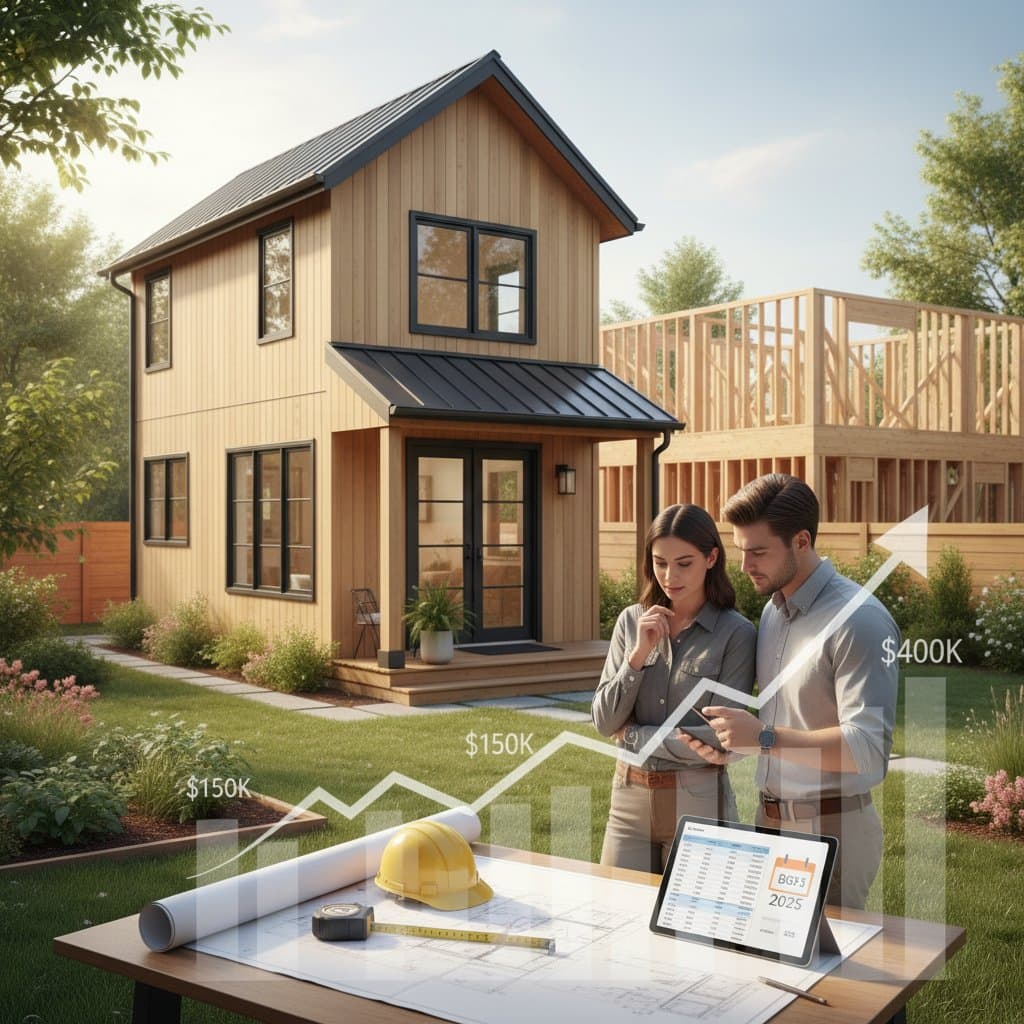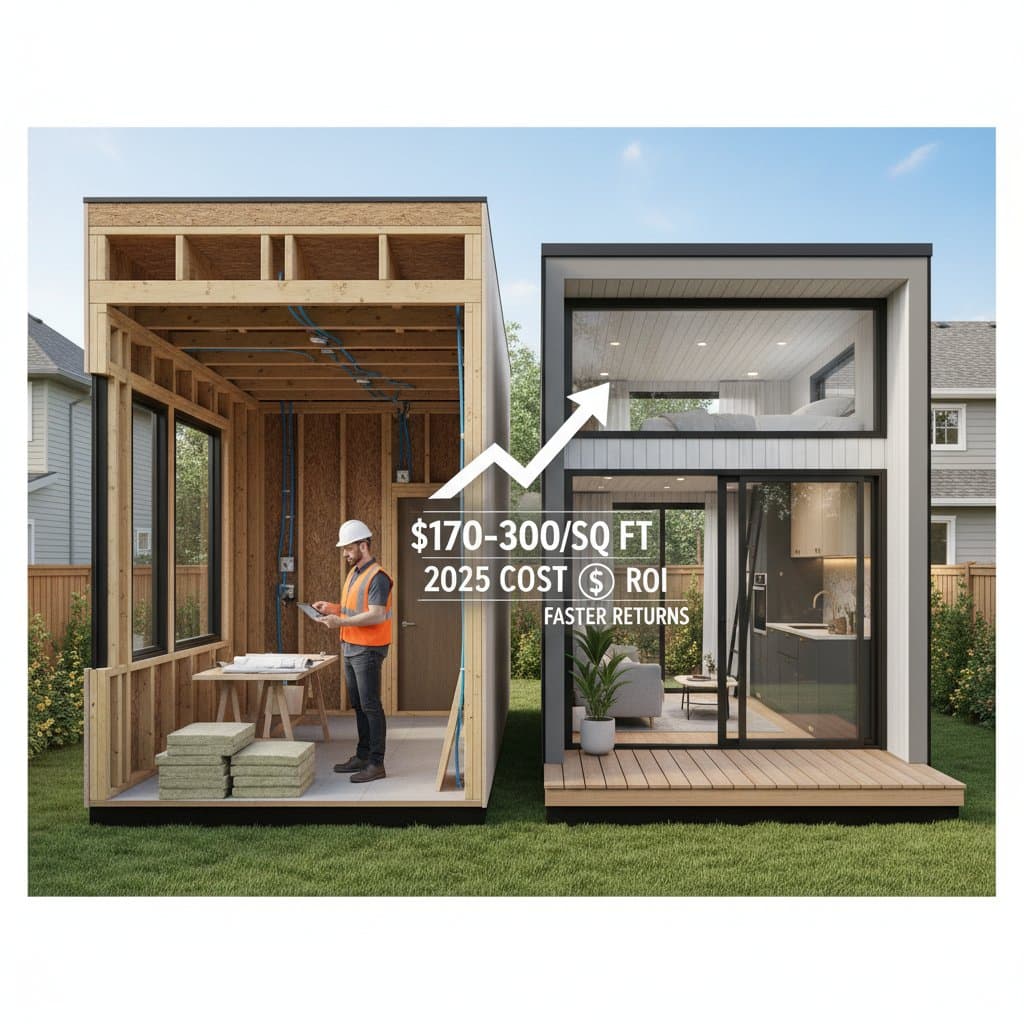Understanding the Tariff Impact on 2025 Construction Budgets
Construction costs have risen steadily in recent years, but tariffs on imported materials often escape notice until they affect project totals. These policies target essentials like lumber, steel, and fixtures, influencing expenses from initial framing through final installations. Recognizing these dynamics enables better planning, fewer unexpected expenses, and more confident decisions prior to starting construction.
This article outlines the effects of tariffs on key materials, projections for future builds, and concrete measures to mitigate financial pressures.
Key Materials Impacted by Tariffs
- Lumber
- Importance in construction: Lumber forms the foundation for residential framing, decking, and cabinetry, making price stability essential for overall budgeting.
- Projected cost increases: Tariffs may elevate lumber prices by 15 to 25 percent in volatile periods, based on historical trade patterns.
- Professional considerations: While individuals might handle minor carpentry, structural framing demands licensed experts to meet safety standards and building codes.
- Practical recommendations: Opt for engineered alternatives or materials from local forests. Suppliers in your region frequently bypass international duties and provide consistent rates.
- Steel
- Importance in construction: Steel underpins frames, roofing elements, and concrete reinforcements, where even small price shifts amplify total expenses.
- Projected cost increases: Expect rises of 20 to 35 percent in steel pricing, influenced by global supply chains and import volumes.
- Professional considerations: Fabricating and installing steel requires advanced equipment and certified welding expertise; engage qualified contractors for these tasks.
- Practical recommendations: Evaluate options from U.S.-based mills. Several provide rates that counterbalance tariff effects through efficient production.
- Copper and Aluminum
- Importance in construction: These metals power electrical systems, plumbing, and HVAC components, integral to modern builds.
- Projected cost increases: Tariffs could increment costs by 10 to 20 percent, particularly for overseas-sourced wiring and fittings.
- Practical recommendations: Secure multiple supplier quotes in advance. Fixed-price agreements before procurement shield against subsequent fluctuations.
- Finish Materials
- Importance in construction: Items like flooring, hardware, tiles, and fixtures frequently originate abroad, exposing them to trade barriers.
- Projected cost increases: Imported finishes may see 5 to 15 percent price hikes, alongside potential supply disruptions.
- Practical recommendations: Prioritize U.S.-made or nearby produced options. These choices foster reliable pricing and faster delivery timelines.
Calculating Tariff-Related Expenses
Materials typically account for 40 to 50 percent of a new home's total budget. An average 10 percent tariff-driven rise in material prices translates to a 4 to 5 percent overall project increase. For a $400,000 construction, this adds $16,000 to $20,000 in unforeseen costs.
Such adjustments accumulate across categories like structural elements, roofing, mechanical installations, and aesthetic finishes. Grasping these interconnections aids in scrutinizing contractor bids, evaluating competitive offers, and bargaining effectively with vendors.
Effective Strategies for Controlling Tariff Costs
Project owners possess several tools to address tariff influences proactively:
- Prioritize domestic sourcing. Products made within the country evade import duties and lower shipping expenses.
- Procure materials ahead of schedule. Committing to current rates insulates against impending escalations.
- Request value engineering assessments. Contractors can propose modifications to designs or substitute materials that preserve standards while curbing expenditures.
- Examine contract escalation provisions. These terms outline adjustments for price variations; review them thoroughly prior to agreement.
- Collaborate with seasoned builders. Professionals attuned to material trends can forecast shifts and integrate safeguards into plans.
Enhancing Long-Term Project Value
Beyond mere cost management, tariff navigation involves bolstering enduring benefits. Implement these approaches to optimize returns:
- Select resilient, high-grade materials. Initial premiums for superior domestic options yield savings on repairs and replacements over time.
- Emphasize energy-efficient features. Elements such as advanced insulation or efficient heating systems recoup investments via reduced energy consumption.
- Monitor market preferences for resale. Properties incorporating local, eco-friendly components attract premium offers and sustain elevated values.
- Design for future flexibility. Incorporate adaptable spaces that facilitate straightforward modifications, avoiding expensive overhauls later.
Frequently Asked Questions
How can one anticipate tariff adjustments?
Monitor developments in trade policies and sector reports. Contractors and vendors typically gain advance notice of shifts through industry channels.
Do domestically produced materials eliminate tariff expenses entirely?
Yes, items manufactured locally sidestep import taxes, though regional supply and demand may still affect final prices.
Is postponing a project advisable until tariffs settle?
Delaying is not always optimal, as markets evolve rapidly. Projects equipped with robust planning and versatile supply options proceed effectively amid changes.
Safeguarding Your Construction Investment
By integrating these insights into your planning, you position your 2025 project for financial resilience and superior outcomes. Focus on informed choices today to secure lasting value tomorrow.











